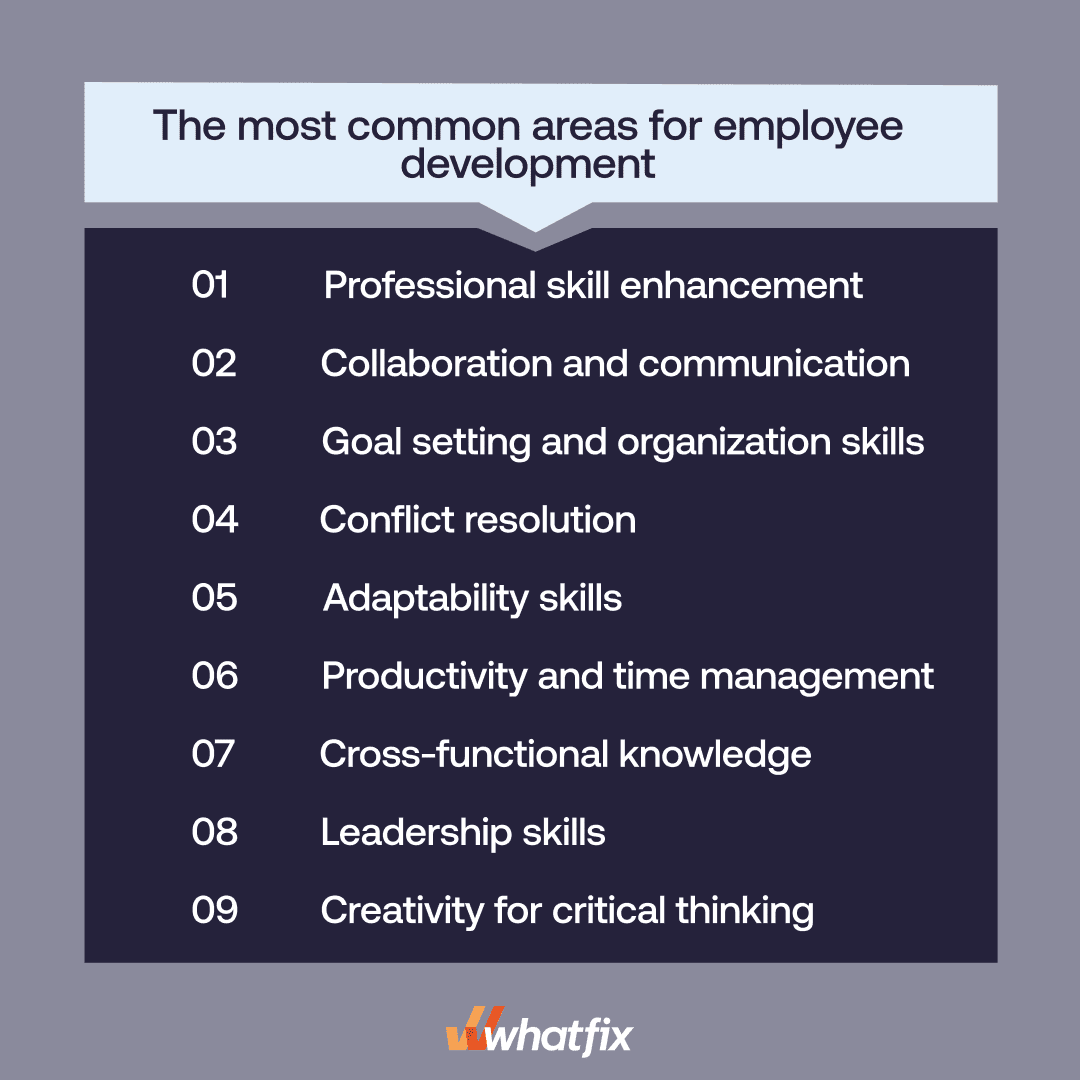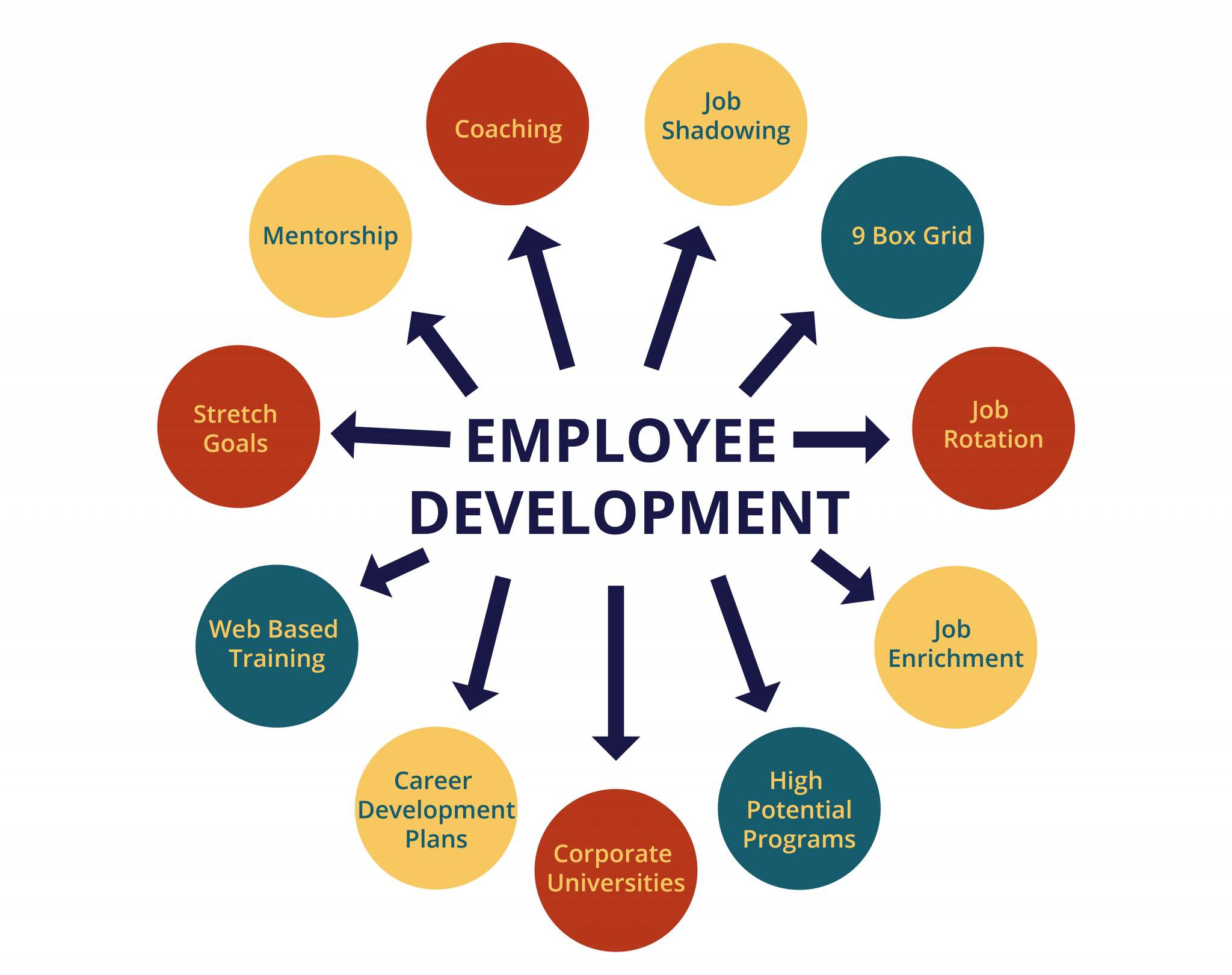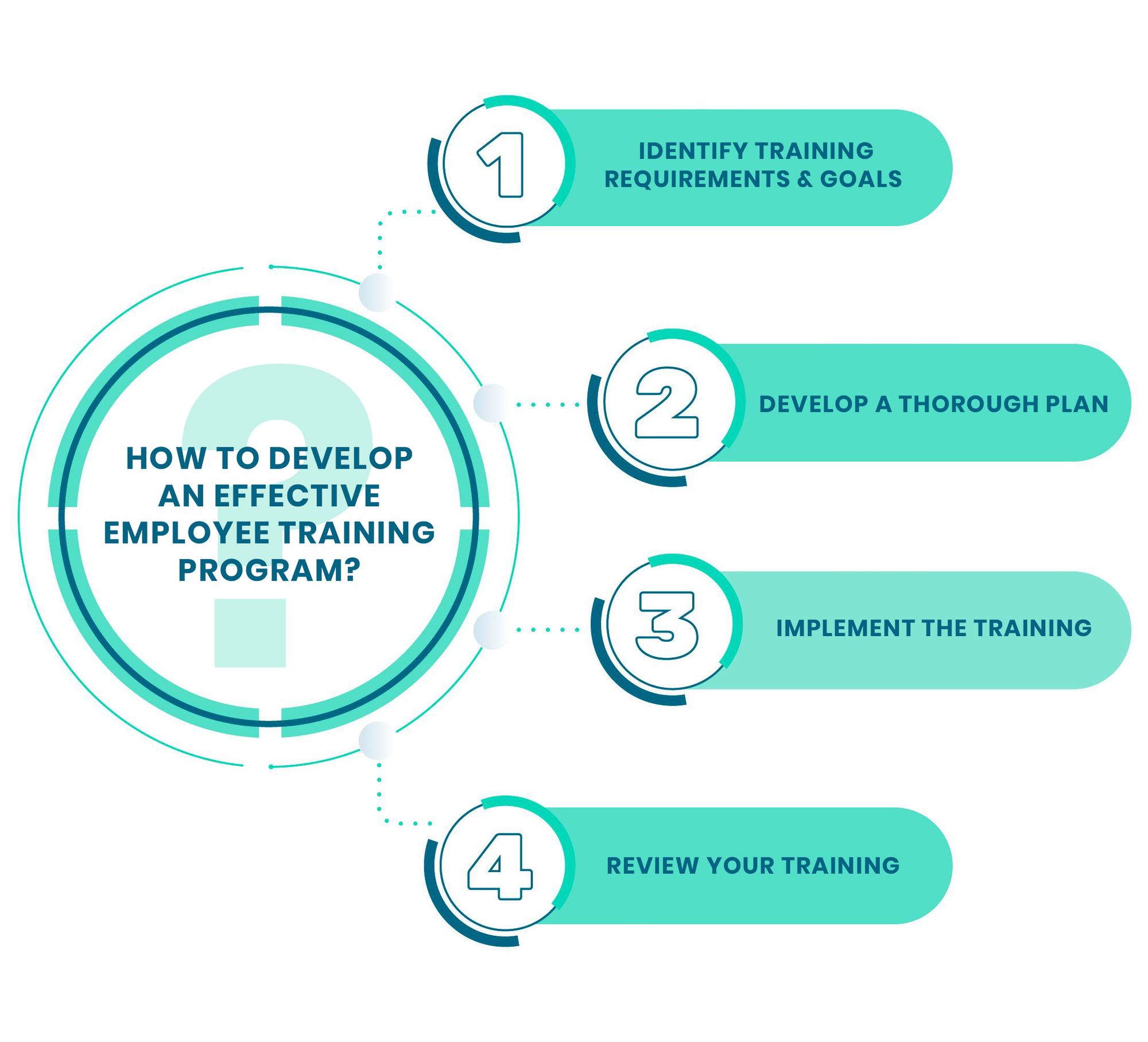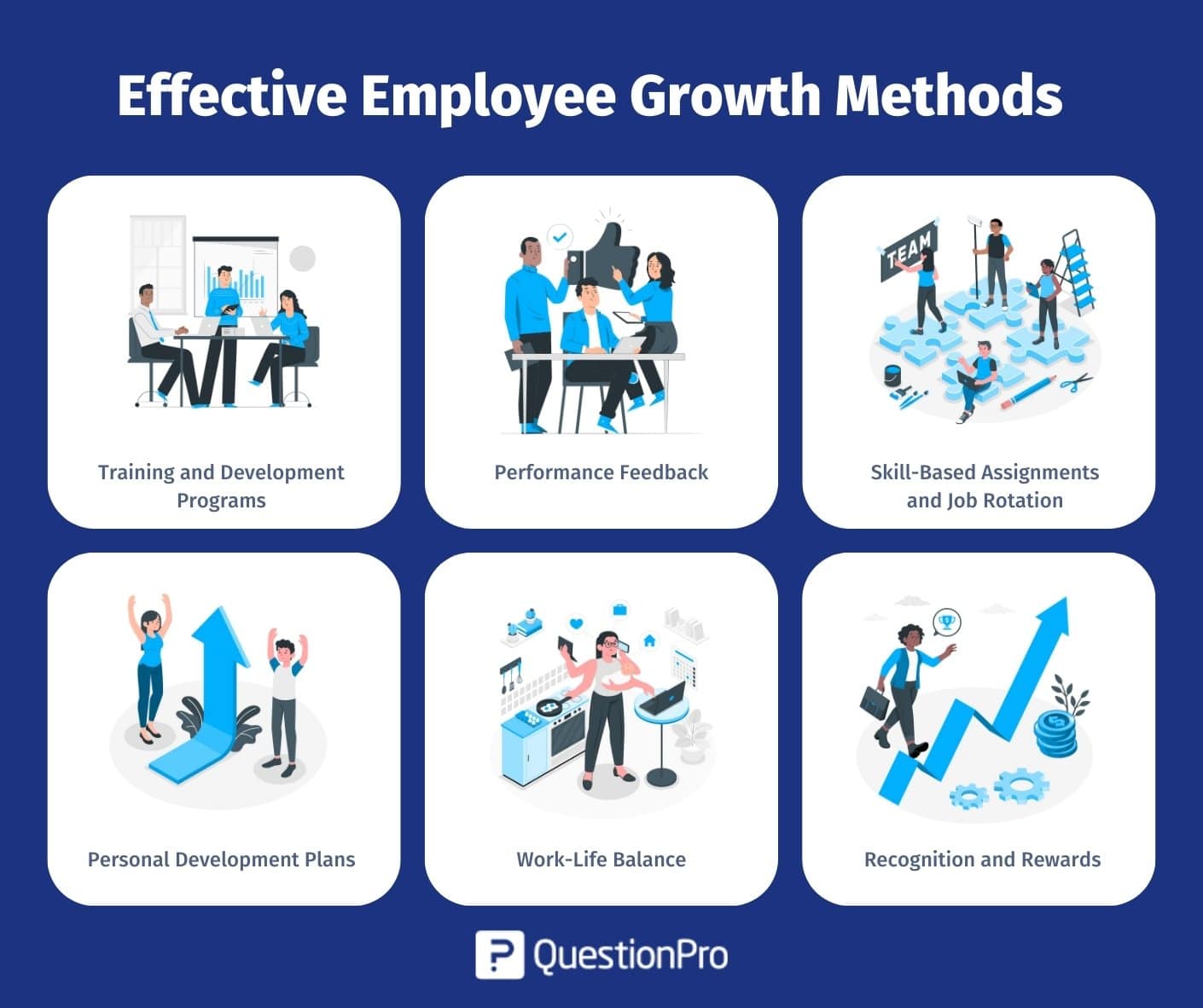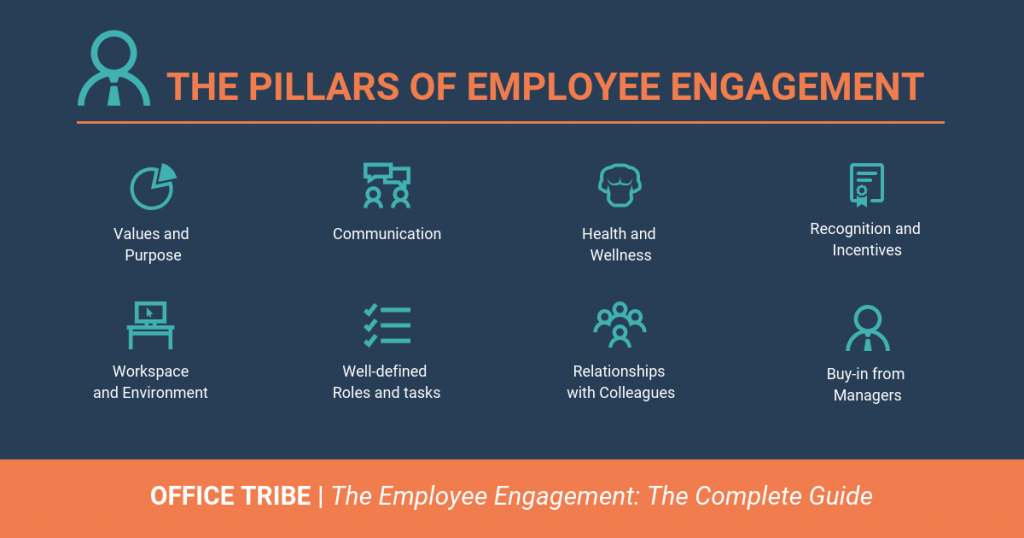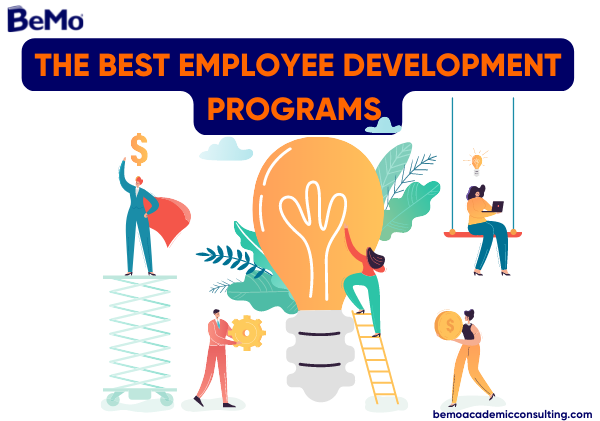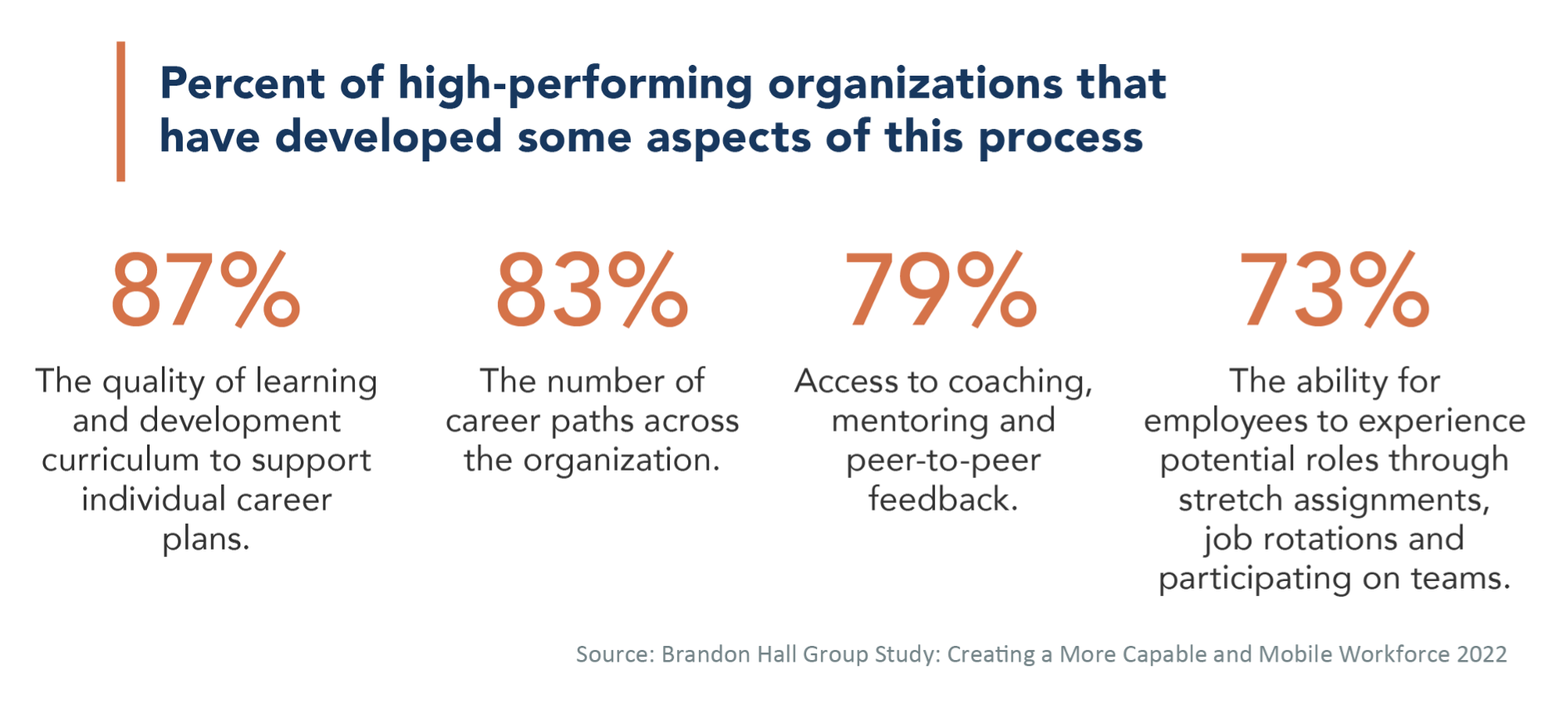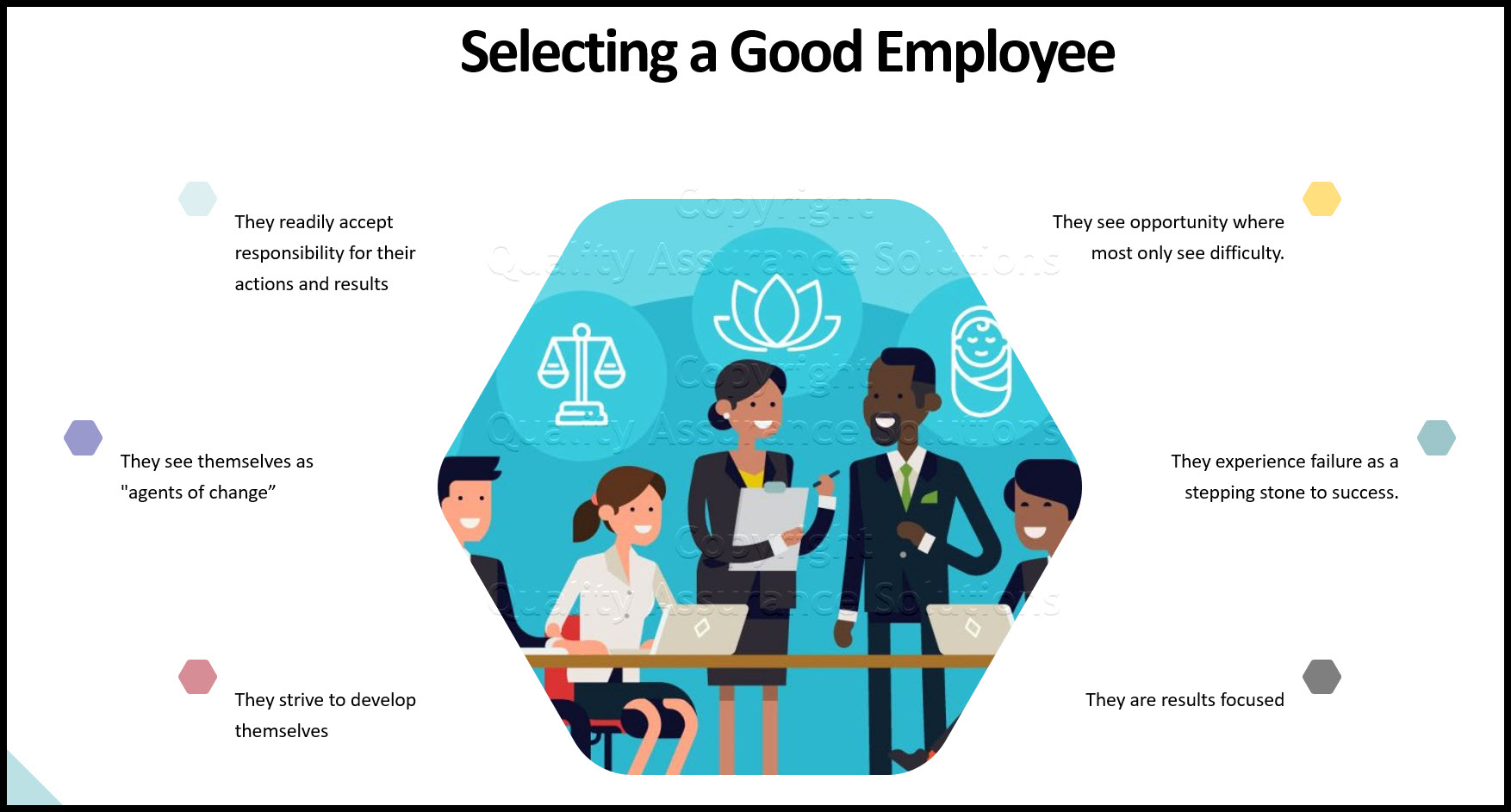Best Way To Develop Employees
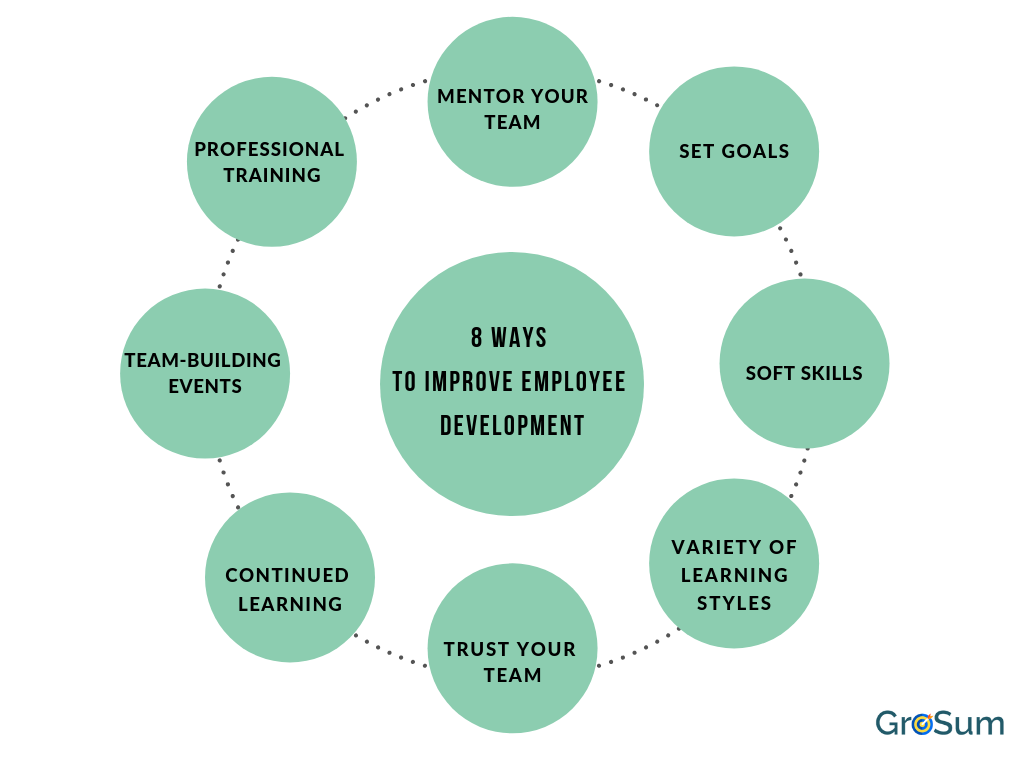
Employee development isn't a luxury; it's the bedrock of a thriving, competitive business. In today's volatile market, investing in your workforce is not just about altruism, it’s about ensuring long-term profitability and stability. This article serves as a guide for value-conscious business leaders and HR professionals looking to optimize their employee development strategies without breaking the bank.
Why Employee Development Matters
Effective employee development directly impacts your bottom line. Skilled and engaged employees are more productive, innovative, and loyal.
Investing in training reduces turnover, saving you significant costs associated with recruitment and onboarding. Moreover, a culture of continuous learning attracts top talent eager for growth opportunities.
Shortlist of Development Strategies (Tailored to Budget)
Here’s a quick overview of employee development methods, ranging from budget-friendly to more substantial investments:
- Budget-Friendly: Mentorship Programs, Internal Knowledge Sharing, Online Courses (Coursera, Udemy), Lunch & Learns.
- Mid-Range: Workshops and Seminars, Professional Certifications, Conference Attendance.
- Premium: Leadership Development Programs, Executive Coaching, Tuition Reimbursement.
Detailed Reviews of Employee Development Methods
Mentorship Programs
Mentorship pairs experienced employees with newer or less experienced ones. It's a cost-effective way to transfer knowledge and build relationships within the organization.
Key benefits: Improved employee engagement, enhanced skill development, and a stronger organizational culture.
However, successful mentorship requires a well-structured program with clear guidelines and ongoing support.
Internal Knowledge Sharing Platforms
Leveraging your internal expertise can be a goldmine. Encourage employees to share their knowledge through online forums, wikis, or regular presentations.
These platforms can facilitate quick access to information and foster a collaborative environment. Effective knowledge sharing also reduces reliance on individual experts, mitigating the risk of knowledge loss.
Online Learning Platforms (Coursera, Udemy, LinkedIn Learning)
Online courses offer a flexible and affordable way for employees to acquire new skills. Platforms like Coursera, Udemy, and LinkedIn Learning provide a vast library of courses on various topics.
Considerations: Ensure the courses align with your business needs and encourage employees to apply their learnings to real-world projects. Also, monitor completion rates to assess the effectiveness of the training.
Workshops and Seminars
Workshops and seminars provide focused training on specific skills or topics. They offer a more interactive learning experience compared to online courses.
However, they can be more expensive and require employees to take time away from their regular duties.
To maximize value: Carefully select workshops that address critical skills gaps and ensure participants have the opportunity to apply their new knowledge.
Professional Certifications
Supporting employees in obtaining professional certifications can enhance their credibility and expertise. This is especially valuable in industries where certifications are highly regarded.
While certification programs can be costly, the benefits include improved employee performance and enhanced company reputation.
Leadership Development Programs
Investing in leadership development is crucial for long-term success. These programs equip managers with the skills they need to lead effectively and inspire their teams.
Benefits: Improved employee morale, increased productivity, and a stronger leadership pipeline.
Executive Coaching
Executive coaching provides personalized guidance and support for senior leaders. It helps them develop their leadership skills, improve their decision-making, and achieve their professional goals.
Executive coaching is a significant investment, but it can yield substantial returns in terms of improved leadership effectiveness and organizational performance.
Tuition Reimbursement
Offering tuition reimbursement encourages employees to pursue further education and acquire new skills. It demonstrates your commitment to their professional growth and can attract top talent.
Implement clear guidelines and eligibility requirements to ensure the program aligns with your business objectives.
Side-by-Side Specs Table with Performance Scores
| Development Method | Cost | Scalability | Employee Engagement | Skill Development | Overall Score (out of 5) |
|---|---|---|---|---|---|
| Mentorship Programs | Low | High | High | Medium | 4.0 |
| Internal Knowledge Sharing | Low | High | Medium | Medium | 3.5 |
| Online Learning Platforms | Low to Medium | High | Medium | High | 4.2 |
| Workshops and Seminars | Medium | Medium | High | High | 4.0 |
| Professional Certifications | Medium to High | Medium | Medium | Very High | 4.5 |
| Leadership Development Programs | High | Low to Medium | High | Very High | 4.7 |
| Executive Coaching | Very High | Low | Very High | Very High | 4.8 |
| Tuition Reimbursement | High | Medium | High | Very High | 4.6 |
Practical Considerations
Before implementing any employee development strategy, consider your budget, company size, and the specific skills gaps you need to address. Align your development initiatives with your overall business goals to ensure maximum impact.
It's also essential to involve employees in the planning process. Understanding their needs and aspirations will lead to higher engagement and better outcomes.
Furthermore, track the results of your development programs. Use metrics like employee performance, retention rates, and customer satisfaction to measure their effectiveness.
Key Takeaways
Employee development is a critical investment that drives business success. From cost-effective mentorship programs to high-end executive coaching, various options cater to different budgets and needs.
Remember to align your development strategies with your business goals and involve employees in the process. Regularly evaluate the effectiveness of your programs and make adjustments as needed.
By carefully considering these factors, you can create a thriving culture of learning and development that benefits both your employees and your organization.
Call to Action
Ready to unlock the potential of your workforce? Start by assessing your current skills gaps and exploring the development methods discussed in this article. Invest in your employees and watch your business thrive!
Contact us today for a free consultation to discuss your specific needs and develop a customized employee development plan.
Frequently Asked Questions (FAQ)
Q: How can I measure the ROI of employee development programs?
A: Track metrics like employee performance, retention rates, customer satisfaction, and revenue growth. Compare these metrics before and after implementing the development program to assess its impact.
Q: What are the key factors for a successful mentorship program?
A: Clear guidelines, matching mentors and mentees based on skills and interests, regular communication, and ongoing support from the organization.
Q: How can I encourage employees to participate in online learning?
A: Offer incentives, provide dedicated time for learning, and recognize employees who complete courses. Emphasize the benefits of acquiring new skills for their career development.
Q: What is the best way to identify skills gaps within my organization?
A: Conduct skills assessments, review performance reviews, and gather feedback from managers and employees. Analyze industry trends and anticipate future skill requirements.
Q: How often should I evaluate my employee development programs?
A: Regularly monitor program participation and gather feedback from participants. Conduct a formal evaluation at least annually to assess effectiveness and make necessary adjustments.
